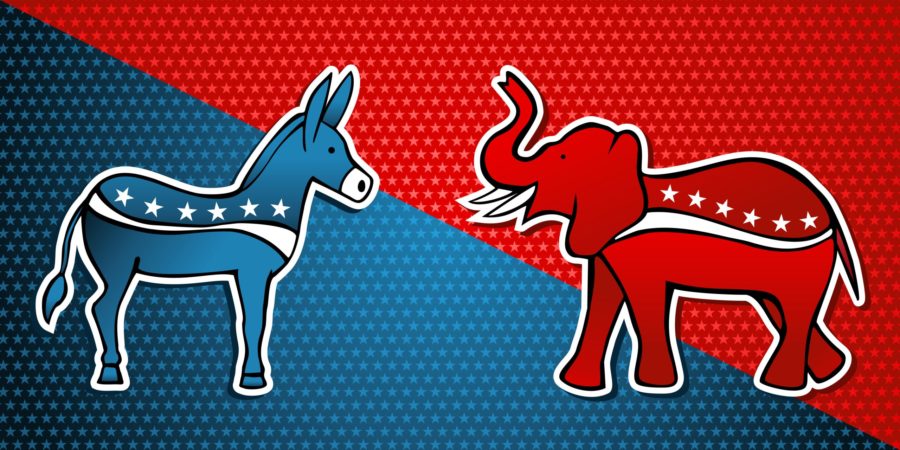The Senate passed the CARES Act for the Coronavirus Aid, Relief, and Economic Security act in March of 2020. It was bigger than the original Senate proposal. Nevertheless, it was smaller than the subsequent House proposal. However, the CARES Act became law, and the two reconciled.
The House introduced and passed a new COVID-19 economic relief proposal in May of 2020. The Senate did not take the bill of HEROES (Health and Economic Recovery Omnibus Emergency Solution) Act. Simultaneously, Senate Majority Leader Mitch McConnell (R-KY) said that the timing was not right for another bill. Nevertheless, with just a few days to go before federal unemployment benefits finish, that appears to have changed.
Some people look to the Health, Economic Assistance, Liability Protection, and Schools (HEALS) Act being put together under Sen. McConnell’s watch. Nevertheless, there is no single bill, just a series of proposals. Various chairs of the committee have drafted their plans and introduced them separately on the Senate floor.
This article has focused on the American Employers, Families, and Workers Assistance Act. Sen. Chuck Grassley (R-IA) is the one who introduced it. It targets employers, workers, and families’ assistance as its essential points. The proposal is much smaller than the full HEROES Act (and the CARES Act). It weighs just 168 pages.
Nevertheless, remember that it is just a piece of the overall package. Sen. Susan Collins (R-ME) and Sen. Marco Rubio (R-FL) are leading a supplemental proposal. That proposal tackles business tax incentives and the PPP (Paycheck Protection Program).
Proposal
Sen. Grassley’s proposal provides unemployment benefits. Under the CARES Act, the $600/week federal supplement for unemployment will end on July 31, 2020. The House HEROES Act would extend until January 31, 2021. Moreover, it would expand other unemployment-related benefits. Meanwhile, the Senate proposal would continue payments until October 5, 2020.
Nevertheless, it would be at a reduced rate of $200/week. However, under the Senate bill, beginning in October, the payments would increase. Thus, when combined with the state unemployment payment, it would represent seventy percent of lost wages. In case an individual state cannot bring the total to seventy percent, the state can then suggest an alternative and get a waiver from the Secretary of Labor. The additional payment would be considered the income according to the determined eligibility for other benefits beginning in October.
Moreover, the proposal would provide funding to reimburse states for eighty percent of their increased costs to provide cash assistance and other short-term help through the TANF (Temporary Assistance for Needy Families) program. It is has a cap of up to $2 billion. TANF will provide families with financial assistance and other support services.
State-administered programs will most probably include work assistance, childcare assistance, and job preparation.
United States residents and citizens with adjusting gross income up to $75, 000, or married couples $150,000 were eligible for stimulus checks worth $500 per dependent and $1,200 per adult. There is no ‘bottom’. Thus, individuals who have no income at all are eligible as well.
This is the current situation in the United States.














